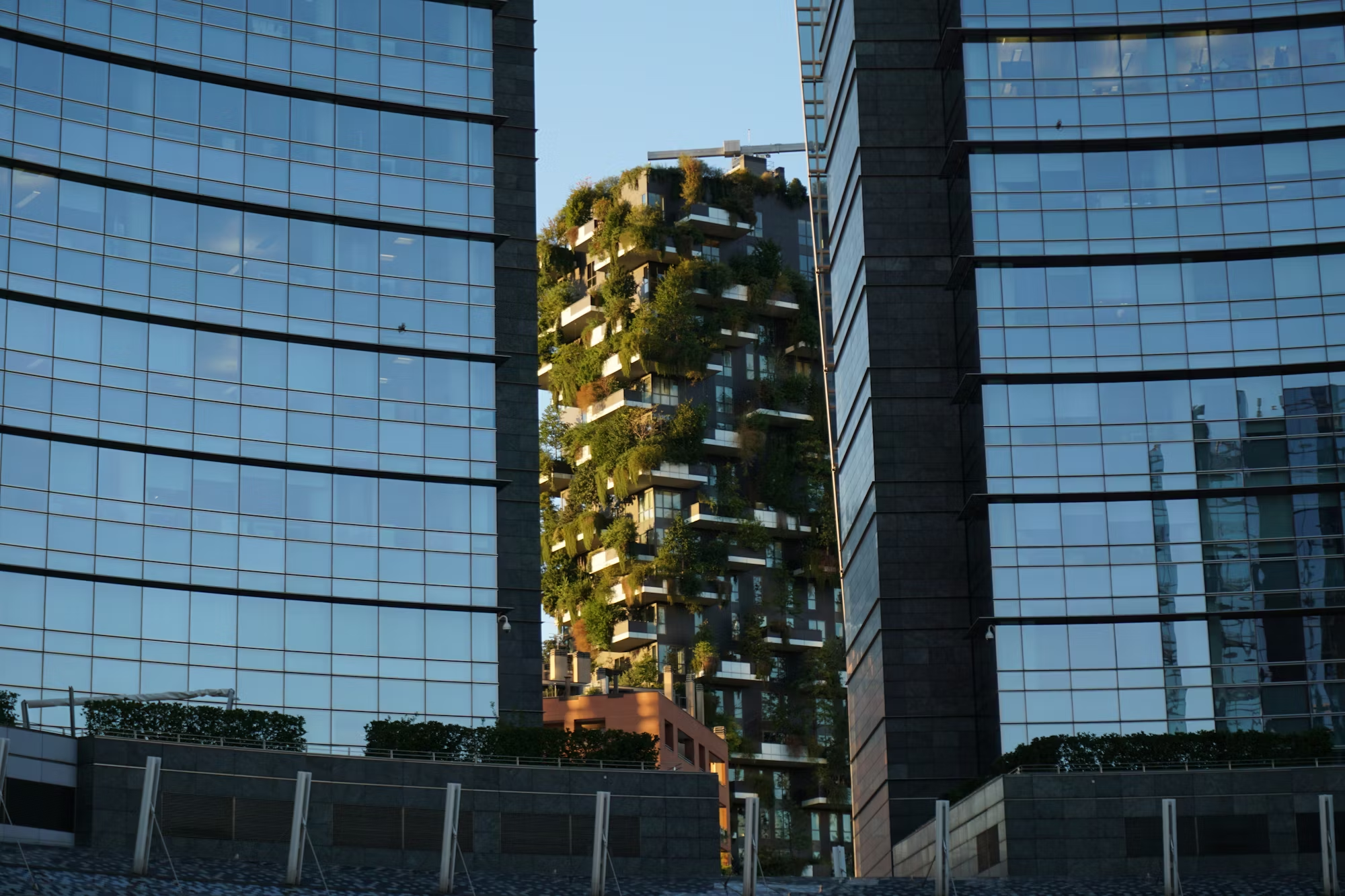In an increasingly urbanized world, the integration of green spaces within city landscapes has become essential for fostering healthy, sustainable environments. Historically, parks and gardens have served as vital components of urban design, providing residents with much-needed relief from the concrete jungle. As cities grow and evolve, understanding the significance of these green spaces is crucial for enhancing the quality of life in urban areas.
The Historical Context of Urban Green Spaces
The concept of green spaces in cities dates back centuries. Ancient civilizations, such as the Greeks and Romans, recognized the importance of gardens and public parks for recreation and social gatherings. In the 19th century, the industrial revolution brought significant urbanization, leading to overcrowded cities and polluted environments. In response, city planners began to prioritize the creation of public parks as a means to improve public health and provide a respite from urban life.
Central Park in New York City, designed by Frederick Law Olmsted and Calvert Vaux in the 1850s, is a prime example of this movement. It transformed a large, unutilized area into a vast green oasis, encouraging social interaction and physical activity. As cities expanded, the need for green spaces became even more evident, leading to the establishment of numerous parks and recreational areas.
The Benefits of Green Spaces
1. Enhancing Public Health
One of the most significant benefits of green spaces is their positive impact on public health. Studies consistently show that access to parks and green areas promotes physical activity, reduces stress, and enhances overall well-being. Walking, jogging, and other forms of exercise become more appealing when surrounded by nature, leading to healthier lifestyles.
Moreover, green spaces contribute to improved mental health by providing serene environments that encourage relaxation and social interaction. The presence of greenery has been linked to lower levels of anxiety and depression, making parks essential for promoting mental wellness in urban populations.
2. Promoting Biodiversity
Urbanization often leads to habitat loss and decreased biodiversity. However, incorporating green spaces into city planning can help mitigate these effects. Parks, gardens, and green roofs create habitats for various species, promoting biodiversity in urban areas.
Native plants and wildlife can thrive in well-designed green spaces, contributing to healthier ecosystems. Furthermore, these areas serve as critical corridors for wildlife, allowing species to navigate through urban landscapes. By prioritizing biodiversity in city planning, urban areas can become more resilient and ecologically balanced.
3. Fostering Community and Social Cohesion
Green spaces play a vital role in fostering community ties and social cohesion. Parks serve as gathering places for families, friends, and neighbors, encouraging social interactions and community events. Farmers’ markets, concerts, and festivals held in parks can bring people together, enhancing the sense of belonging in neighborhoods.
Moreover, well-maintained green spaces can improve the overall aesthetic of an area, increasing property values and attracting new residents. The presence of parks often correlates with lower crime rates and higher community involvement, contributing to safer and more vibrant neighborhoods.
Innovative Approaches to Urban Green Spaces
As cities continue to grow, innovative approaches to integrating green spaces are emerging. Urban planners and designers are increasingly recognizing the value of multifunctional green spaces that serve various purposes, such as recreation, stormwater management, and habitat creation.
1. Green Roofs and Vertical Gardens
In densely populated urban areas, the implementation of green roofs and vertical gardens has gained popularity. These innovative solutions maximize limited space by transforming rooftops and building facades into lush green areas. Green roofs not only provide aesthetic benefits but also improve energy efficiency by insulating buildings and reducing the urban heat island effect.
Vertical gardens, such as those seen in cities like Paris and Singapore, add greenery to urban landscapes without requiring extensive ground space. These installations enhance air quality, promote biodiversity, and contribute to the overall well-being of city dwellers.
2. Community Gardens
Community gardens have emerged as a grassroots response to the need for green spaces in urban areas. These gardens, often maintained by local residents, provide opportunities for growing food, fostering community engagement, and promoting sustainability. Community gardens empower residents to connect with nature, learn about agriculture, and share resources.
Moreover, these gardens can play a role in food security, allowing neighborhoods to access fresh produce while reducing their carbon footprint. By integrating community gardens into urban planning, cities can enhance food accessibility and promote healthier eating habits.
Challenges in Maintaining Urban Green Spaces
While the benefits of green spaces are undeniable, challenges remain in their maintenance and development. Urban areas often face constraints related to funding, space, and competing priorities.
1. Funding and Resources
Many cities struggle with limited budgets, making it difficult to allocate sufficient resources for maintaining existing green spaces or creating new ones. Community involvement and partnerships with local organizations can play a crucial role in addressing these challenges. Volunteers can help maintain parks, while businesses may sponsor community events or contribute to funding initiatives.
2. Land Use and Development Pressures
As urban populations grow, land becomes increasingly valuable, often leading to pressures to develop green spaces for housing or commercial projects. To combat this trend, city planners must advocate for the preservation of existing parks and the incorporation of green spaces in new developments. Policy measures, such as zoning regulations and land use planning, can help ensure that green spaces remain integral to urban environments.
Conclusion: A Vision for Greener Cities
The evolution of green spaces in urban areas reflects the growing recognition of their importance in enhancing the quality of life. As cities continue to evolve, prioritizing green spaces becomes essential for promoting health, community engagement, and biodiversity. By embracing innovative approaches, such as green roofs and community gardens, urban planners can create multifunctional spaces that serve various needs.
Ultimately, a vision for greener cities requires collaboration among governments, communities, and stakeholders. Together, they can ensure that green spaces remain a fundamental aspect of urban living, creating vibrant, healthy, and sustainable environments for all residents. As we look to the future, fostering a harmonious balance between nature and urbanization will be key to building cities that thrive.





